Fabric buildings are a solution for First Nations and tribal organizations to preserve their cultural heritage while embracing modern infrastructure.
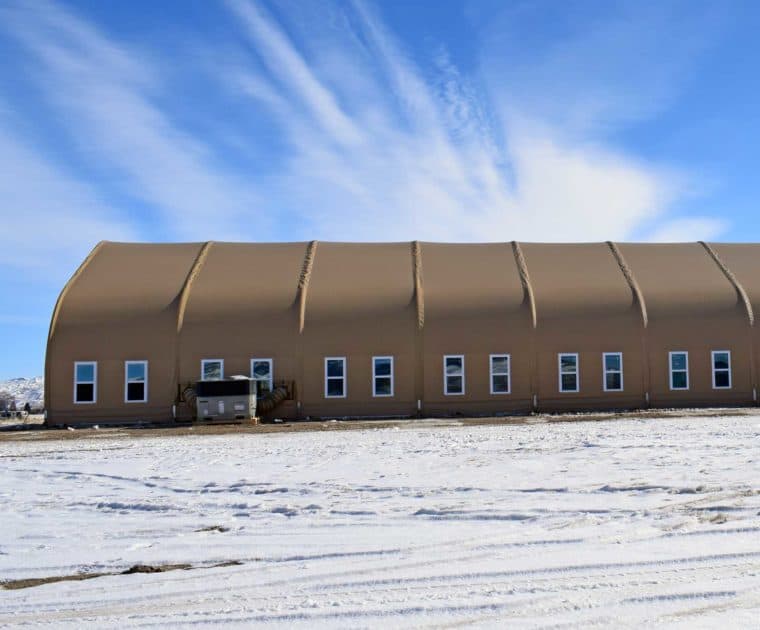

Fabric buildings are a solution for First Nations and tribal organizations to preserve their cultural heritage while embracing modern infrastructure.
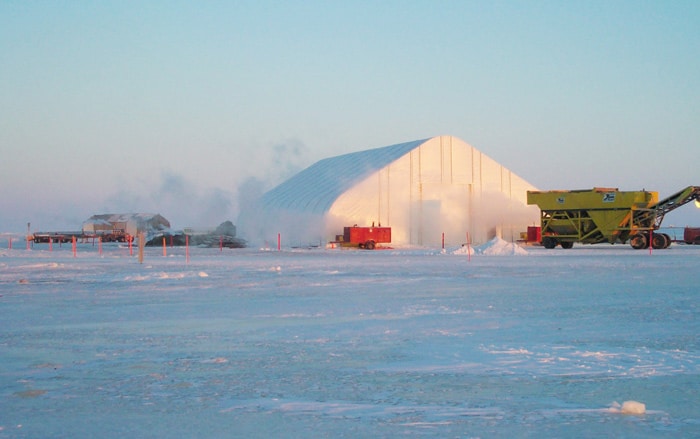
Fabric buildings are a great solution for cities that need to find a place to create cooling and warming centers.
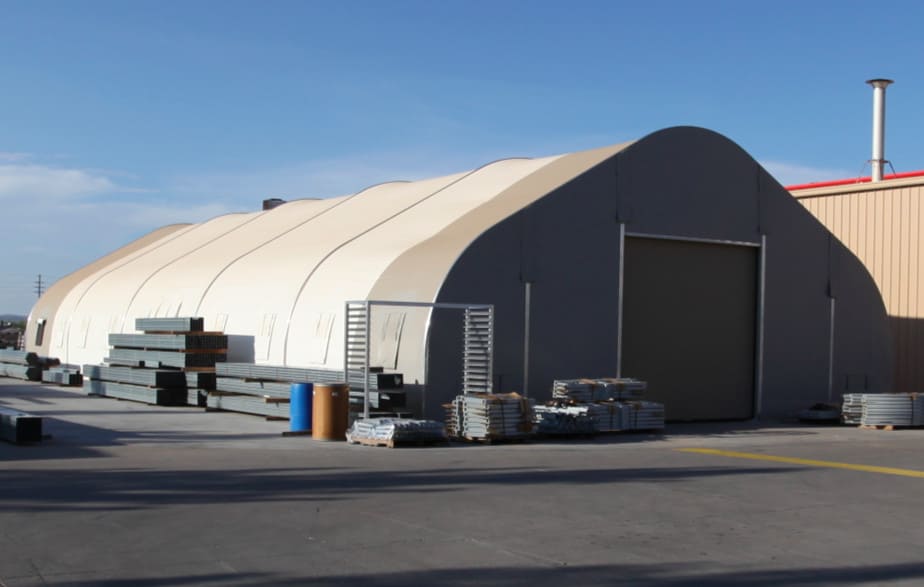
Durable fabric buildings and fabric structures are the perfect solution for waste transfer stations and recycling center equipment storage.
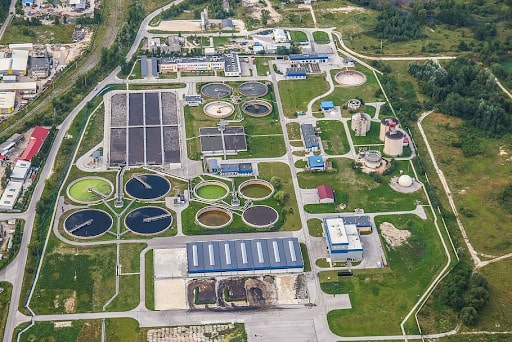
To continue producing safe drinking water, municipalities should consider modern fabric building solutions.
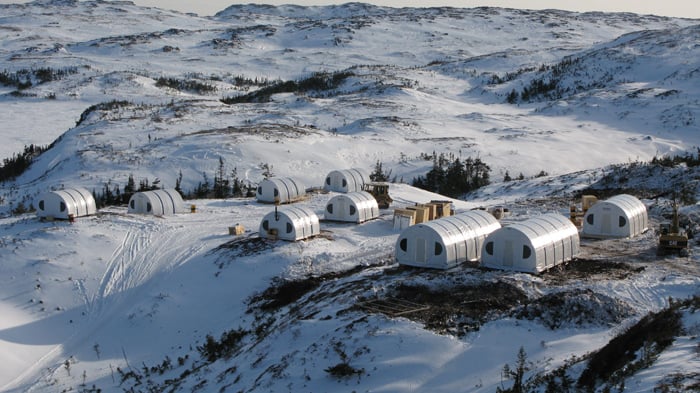
Alaska Structures offers fabric buildings for sale that are uniquely suited for a wide range of commercial, governmental and industrial applications.|Alaska Structures offers fabric buildings for sale that are uniquely suited for a wide range of commercial, governmental and industrial applications.
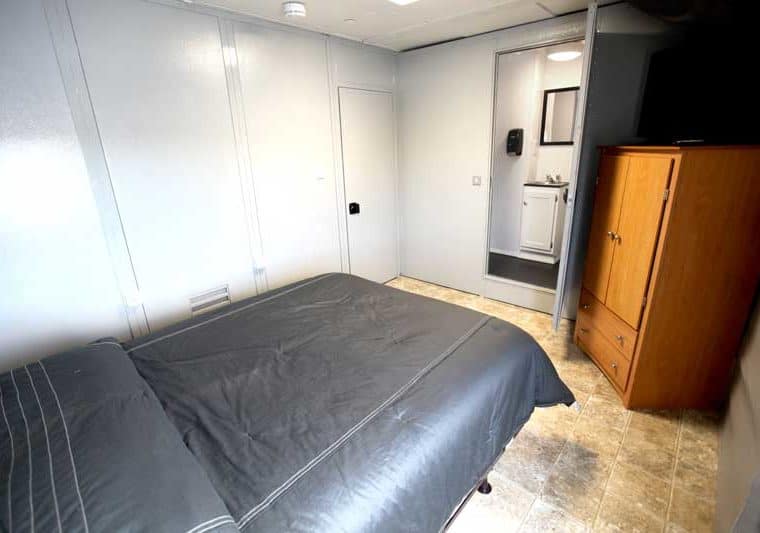
Provide humane housing, restroom, and dining facilities for immigrants and refugees awaiting decisions with engineered fabric structures.
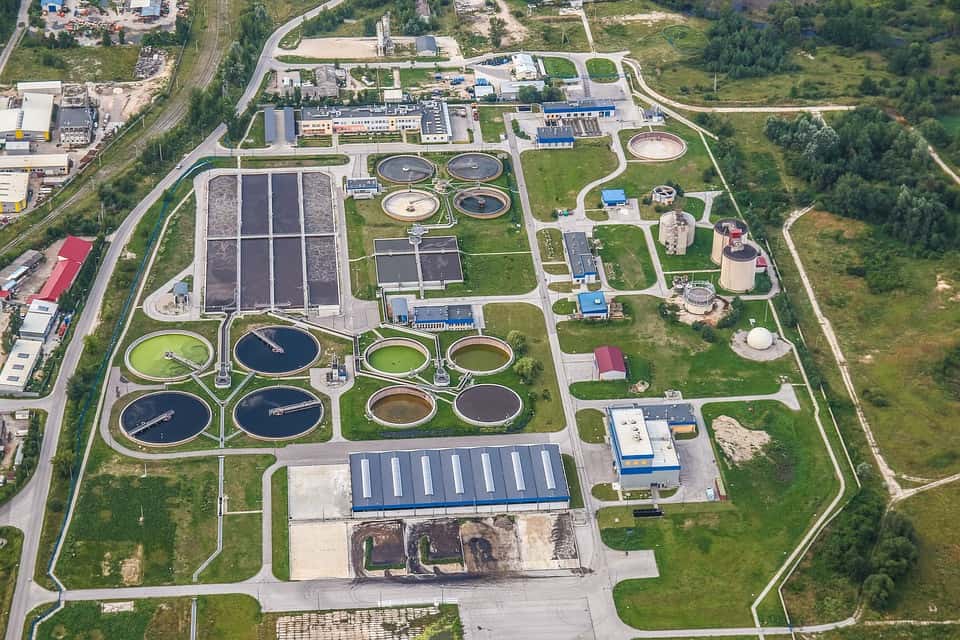
Engineered fabric structures can help you revolutionize your sewage treatment plant with innovative and cutting-edge technology.
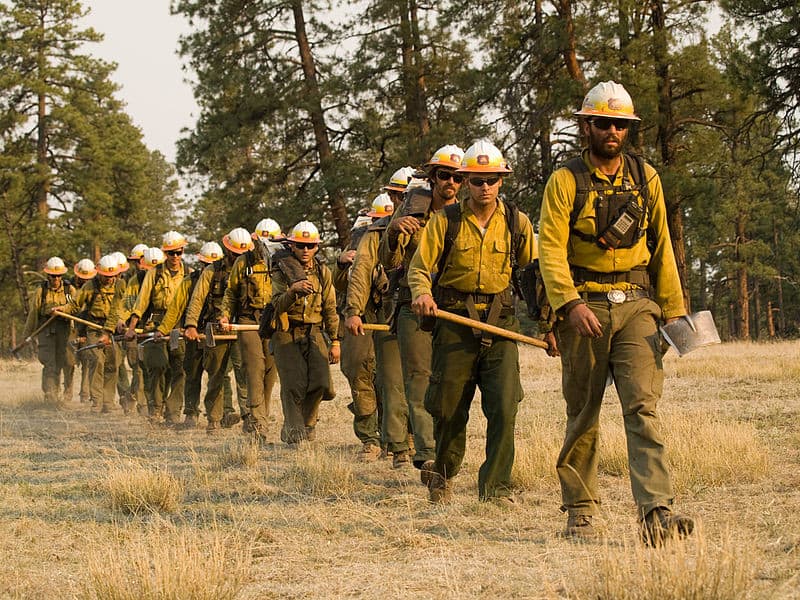
With wildfires increasing every year, securing proper facilities for hotshot crews to respond to and fight wildfires is imperative.
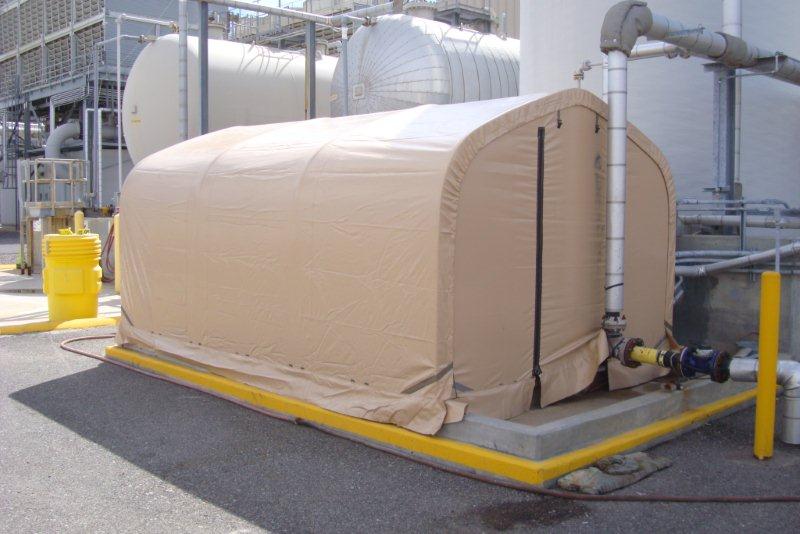
Improving waste management facilities with engineered fabric structures is one of the many ways to help solve our growing waste problem.
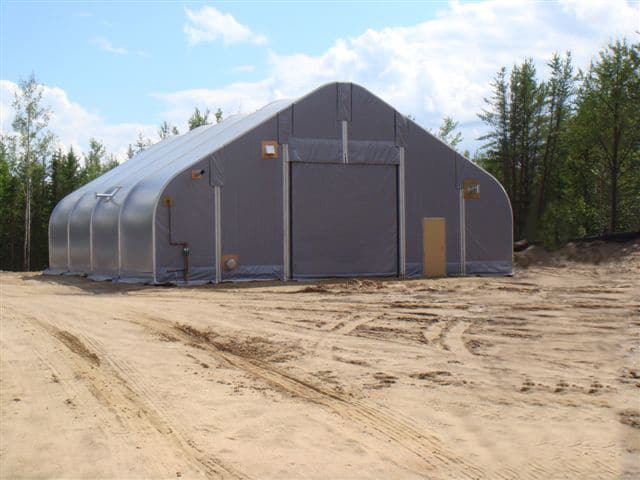
Learn more about environmental remediation efforts and the advantageous structures to support these efforts in this article, which outlines the benefits of Alaska Structures’ highly durable and long-lasting engineered fabric building solutions for commercial uses.
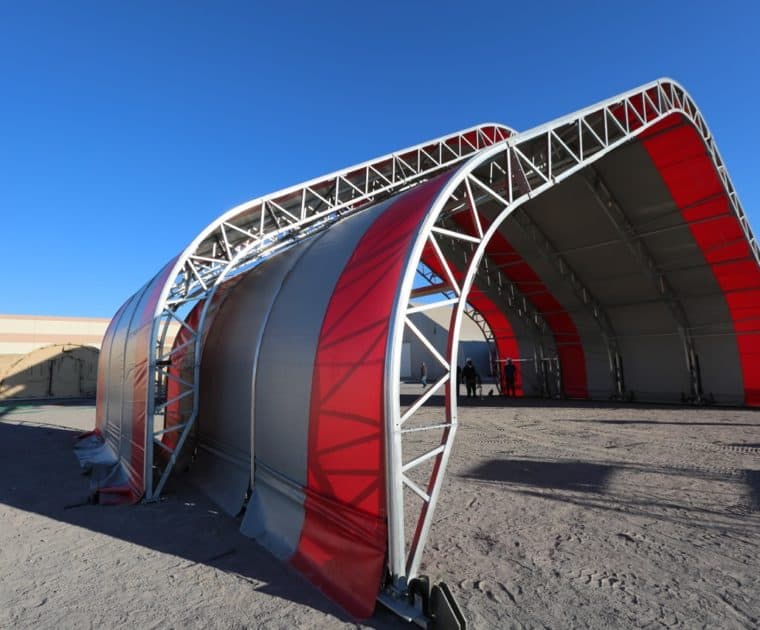
The Alaska Structures rolling system transforms our portable fabric buildings into modular covered workspaces for mining sites, shipyards, and sandblasting shops. Contact us today to learn more!
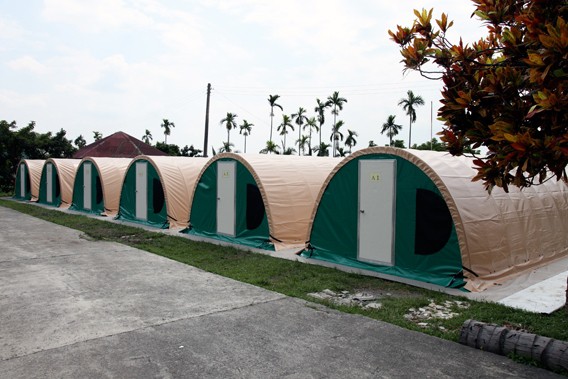
Quonset Huts got their first use in navy operations during World War II. Named for the Naval Air Station where the hut first appeared, it can serve a variety of purposes today. These hooped buildings serve housing needs, workshops, mining operations and research camps, and more. There is a variety of benefits to using Quonset Huts in private and public business operations. These benefits include cost savings, flexible design, customization, durability, easy and fast set up, and effective use of space. In addition to operational benefits, these huts have less environmental impact than traditional buildings. Alaska Structures designs huts that will maximize energy efficiency and eliminate wastes.